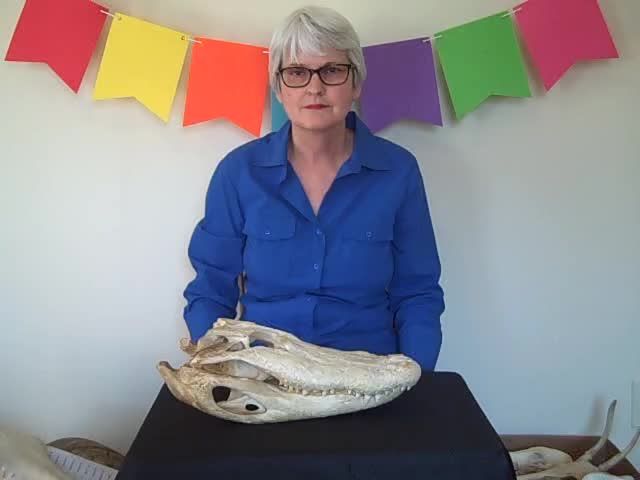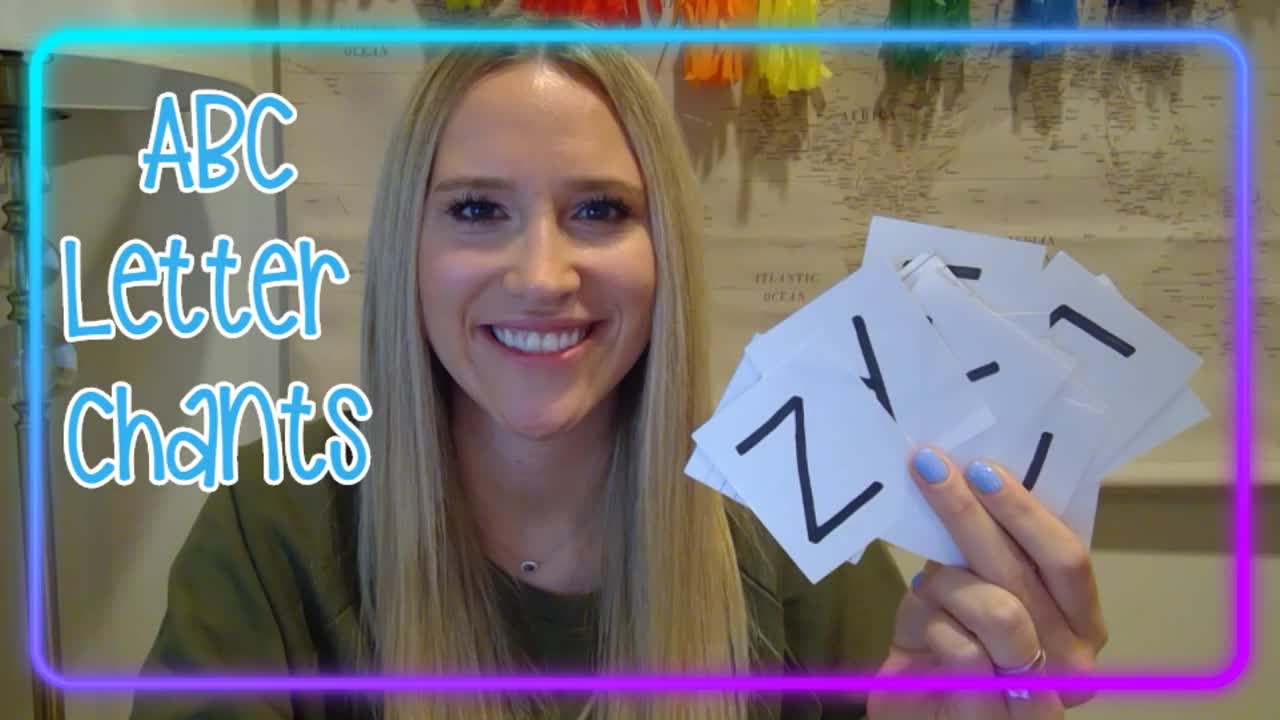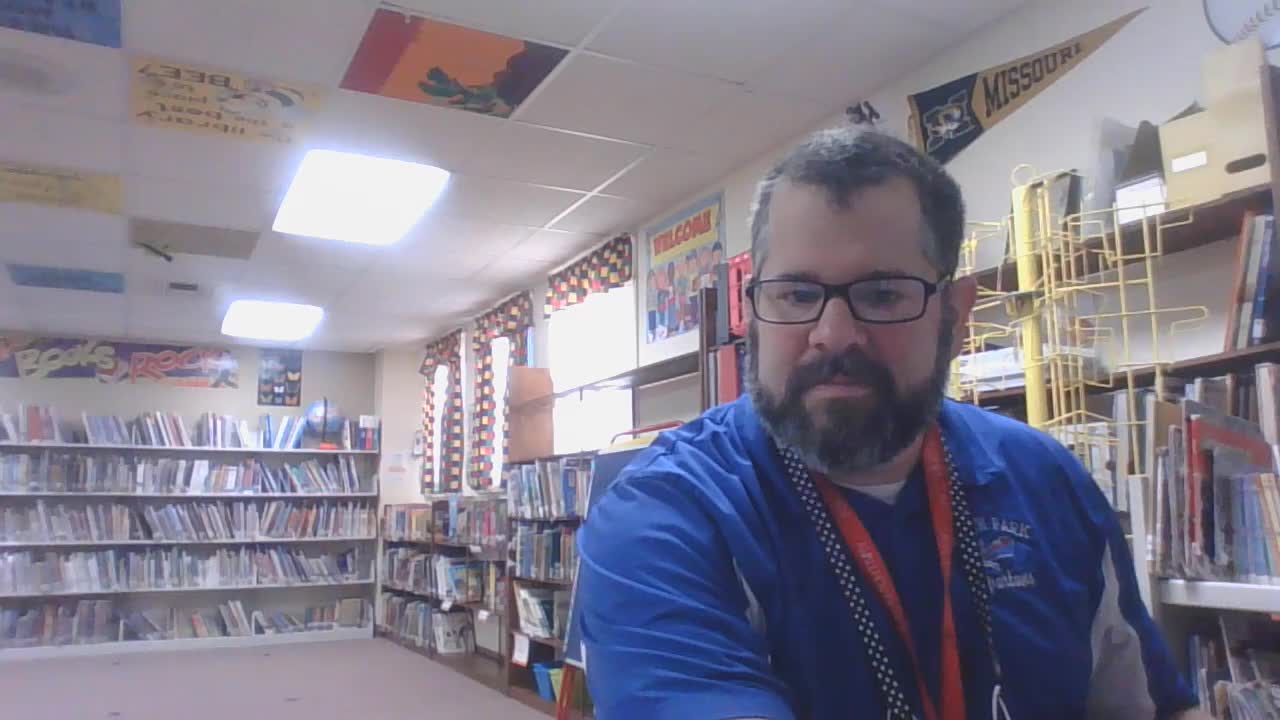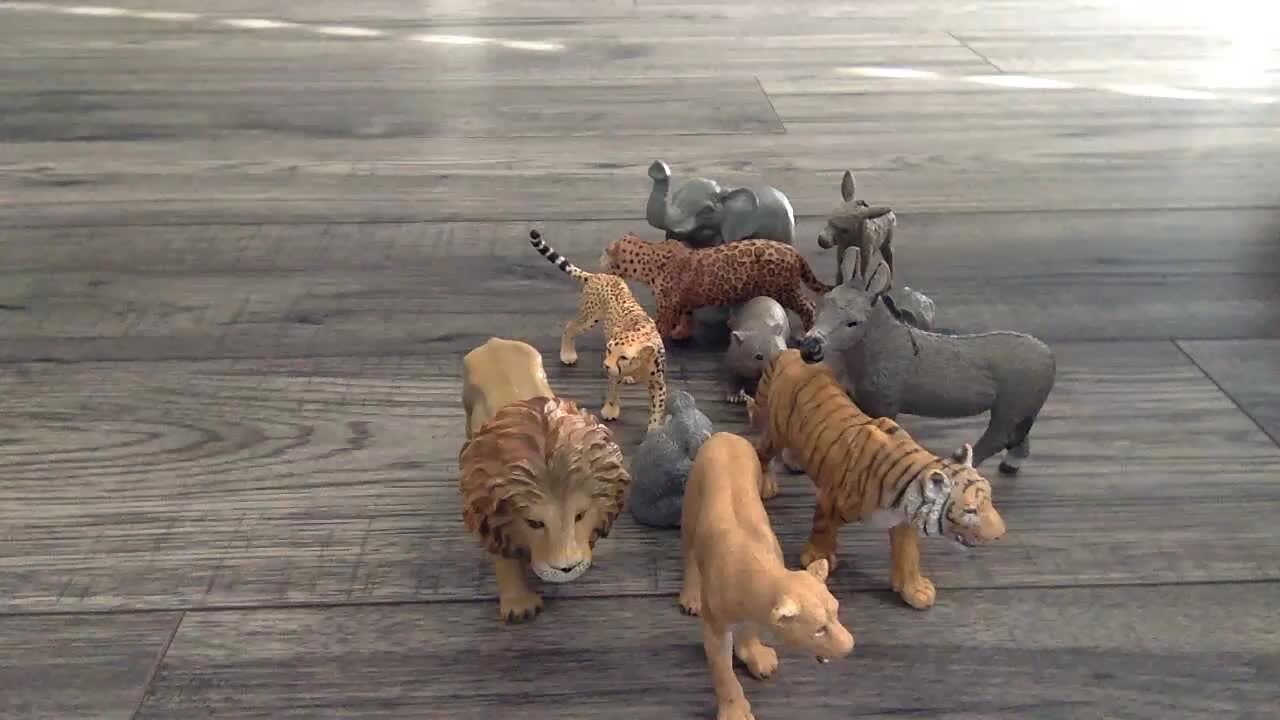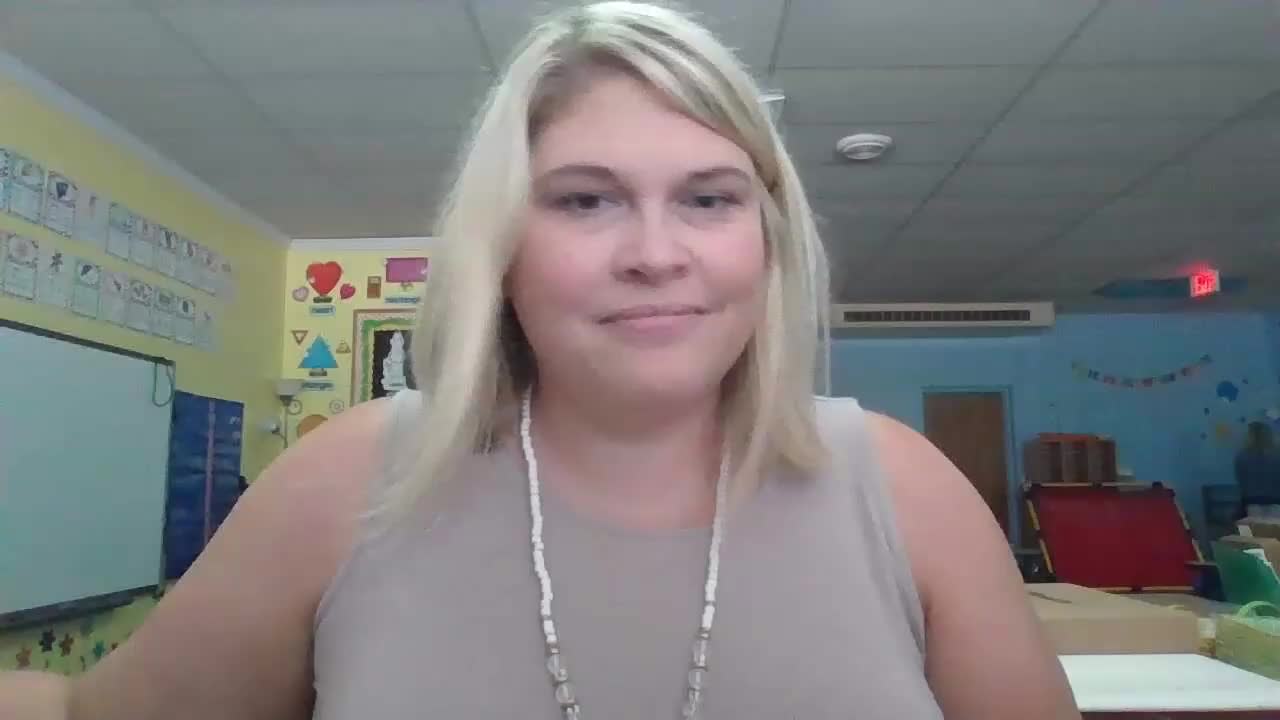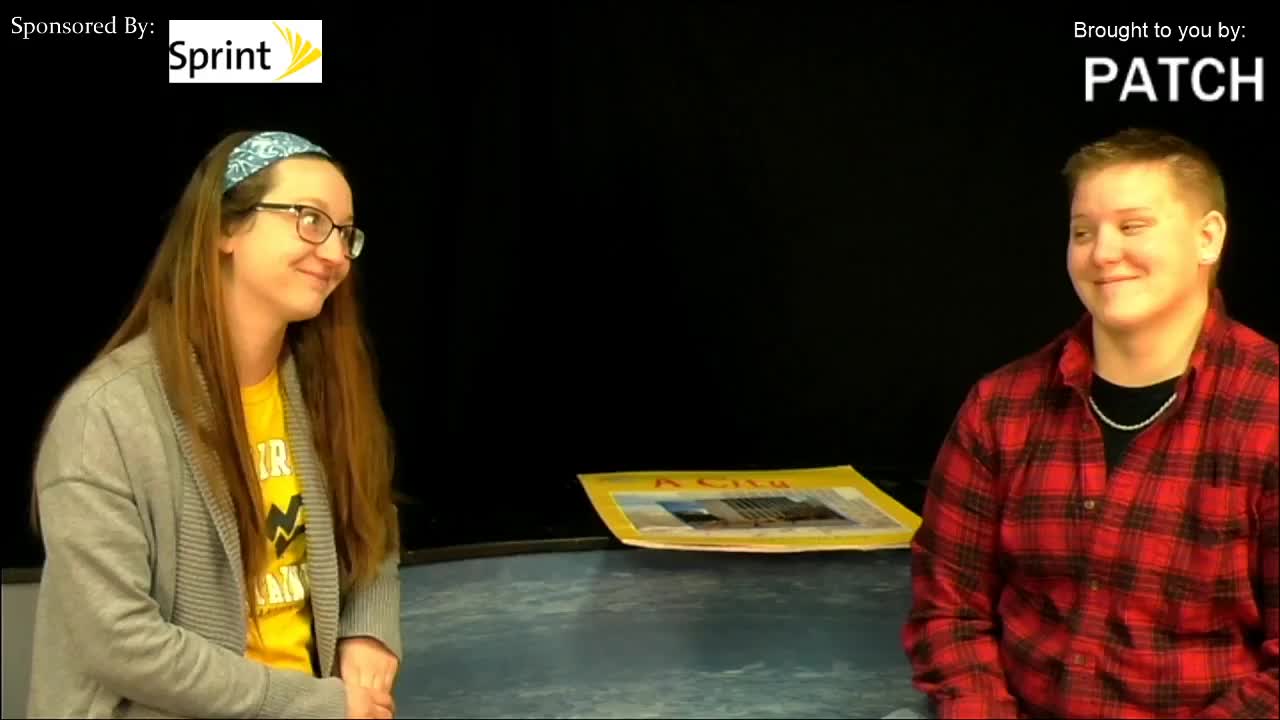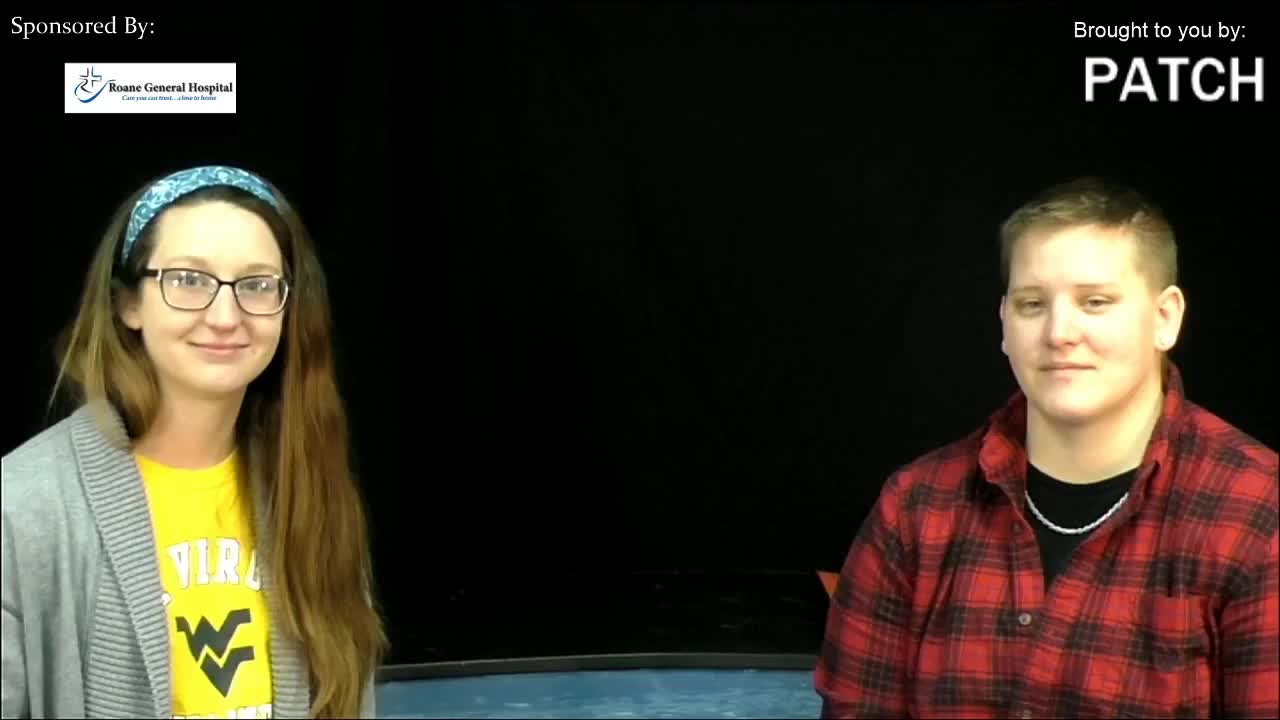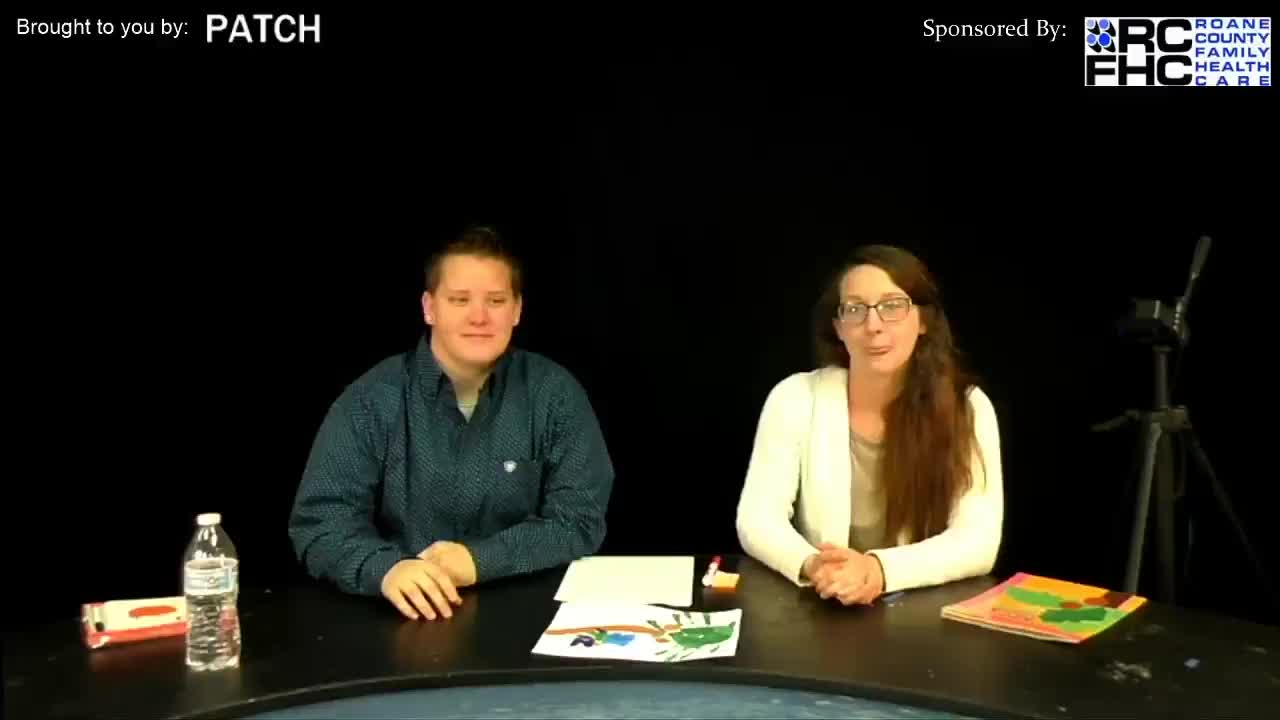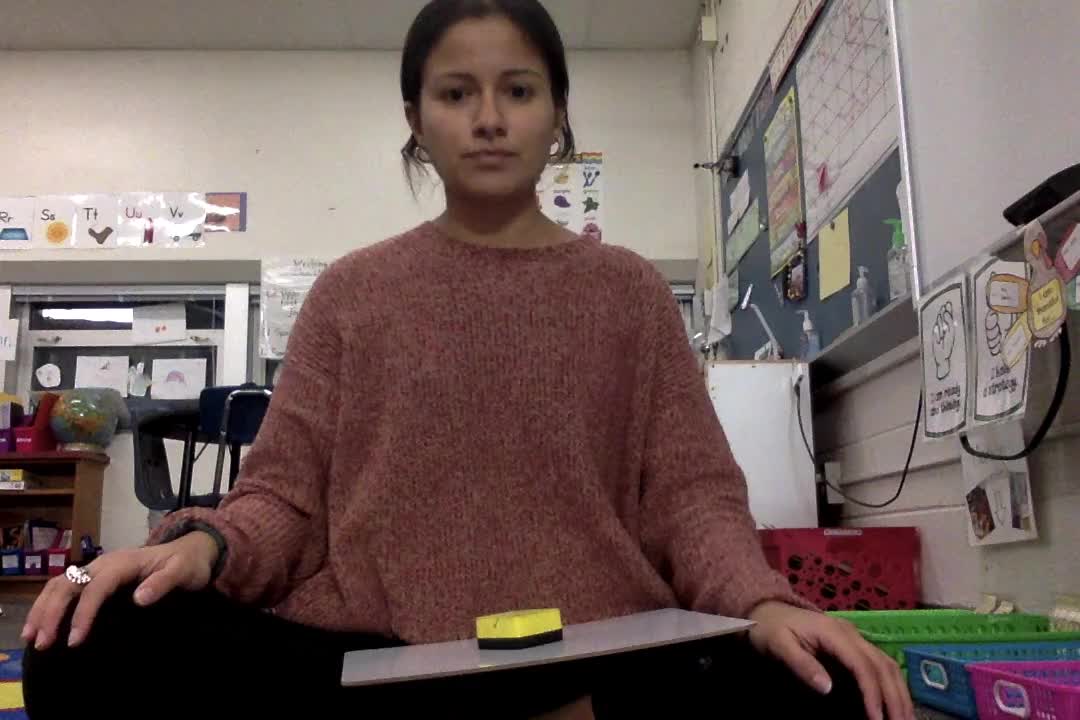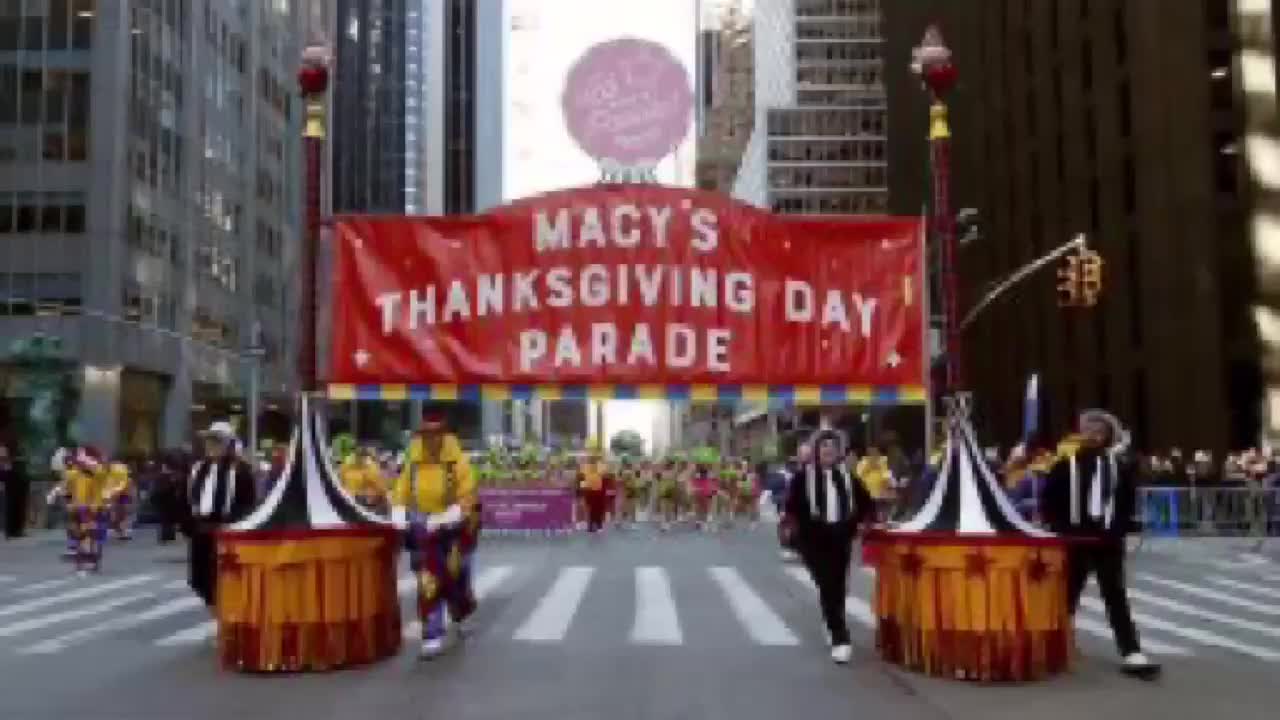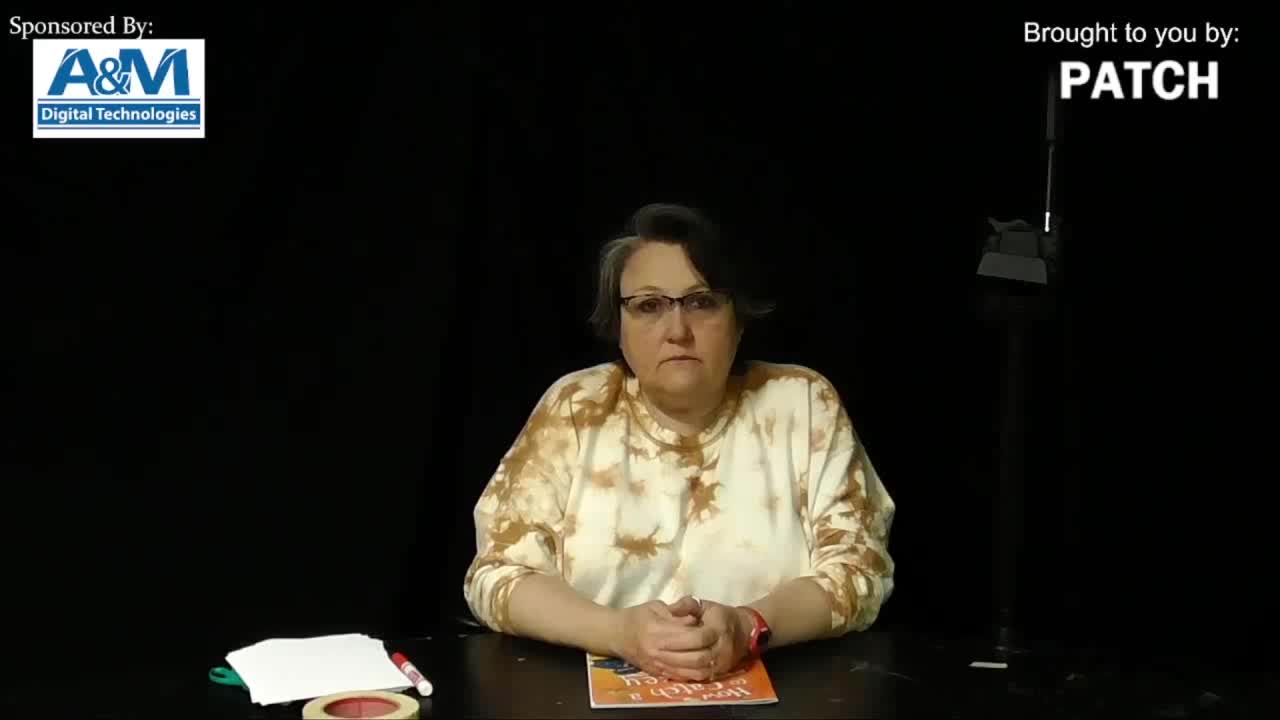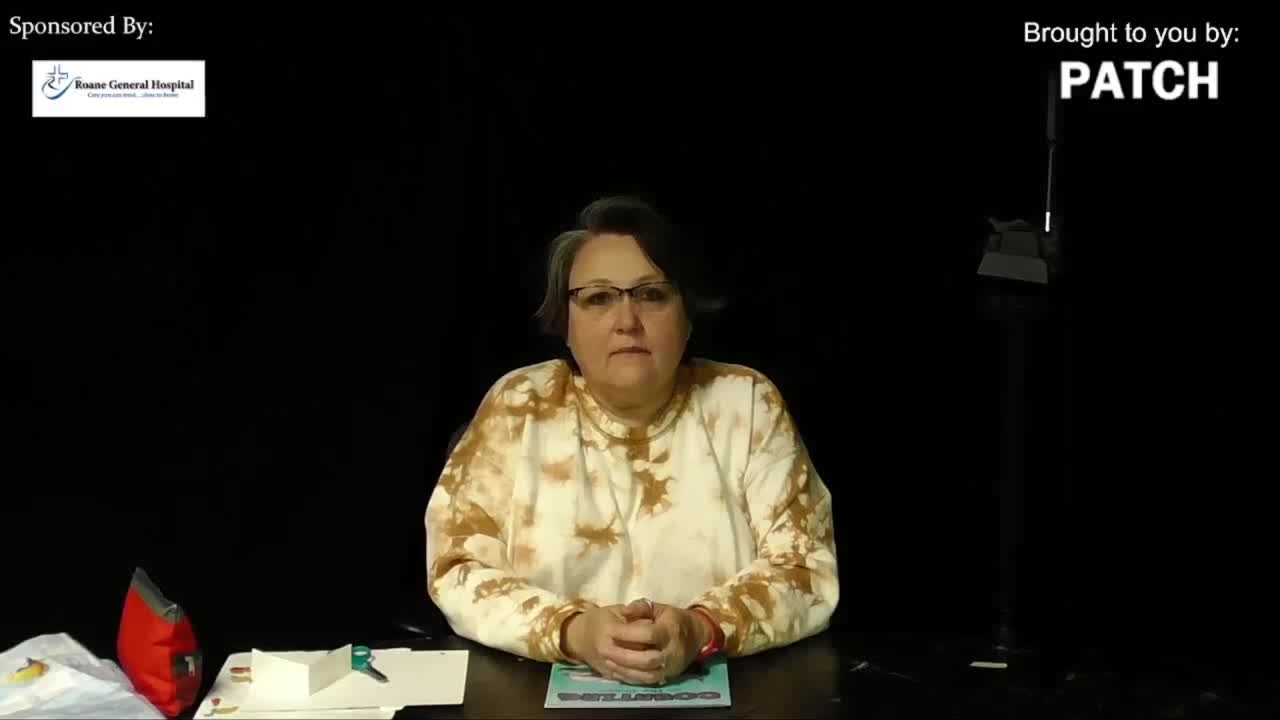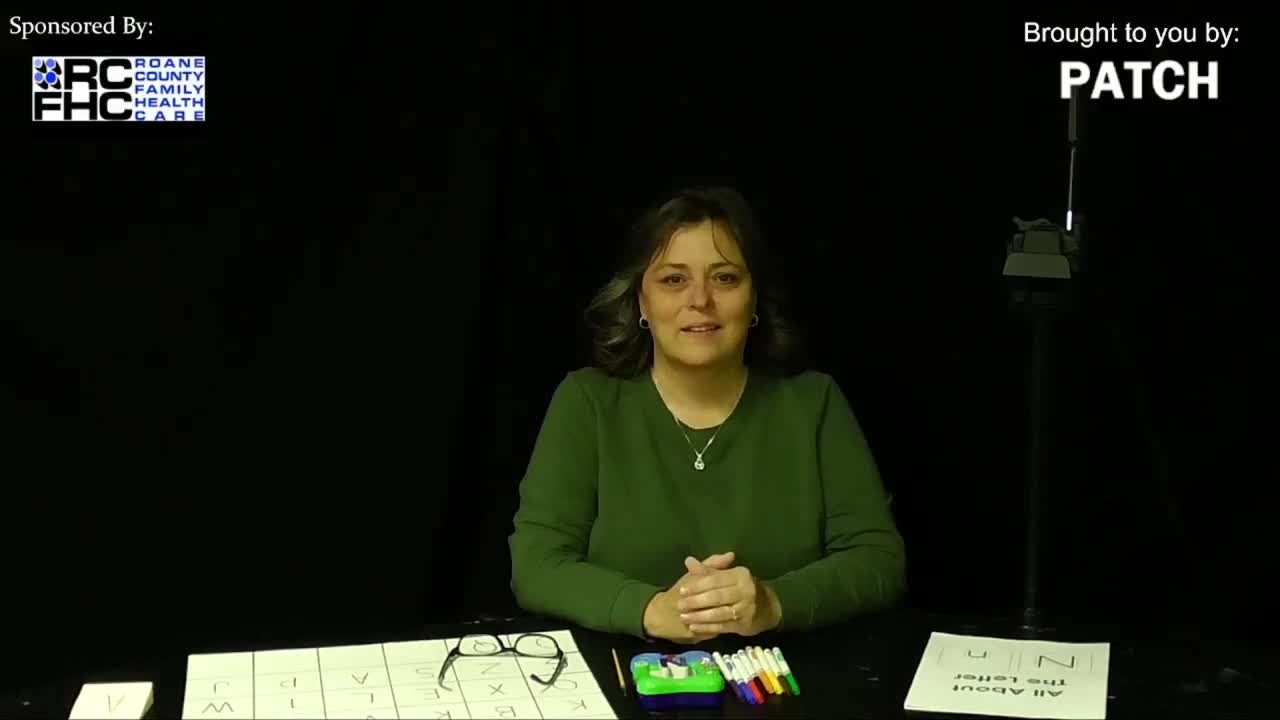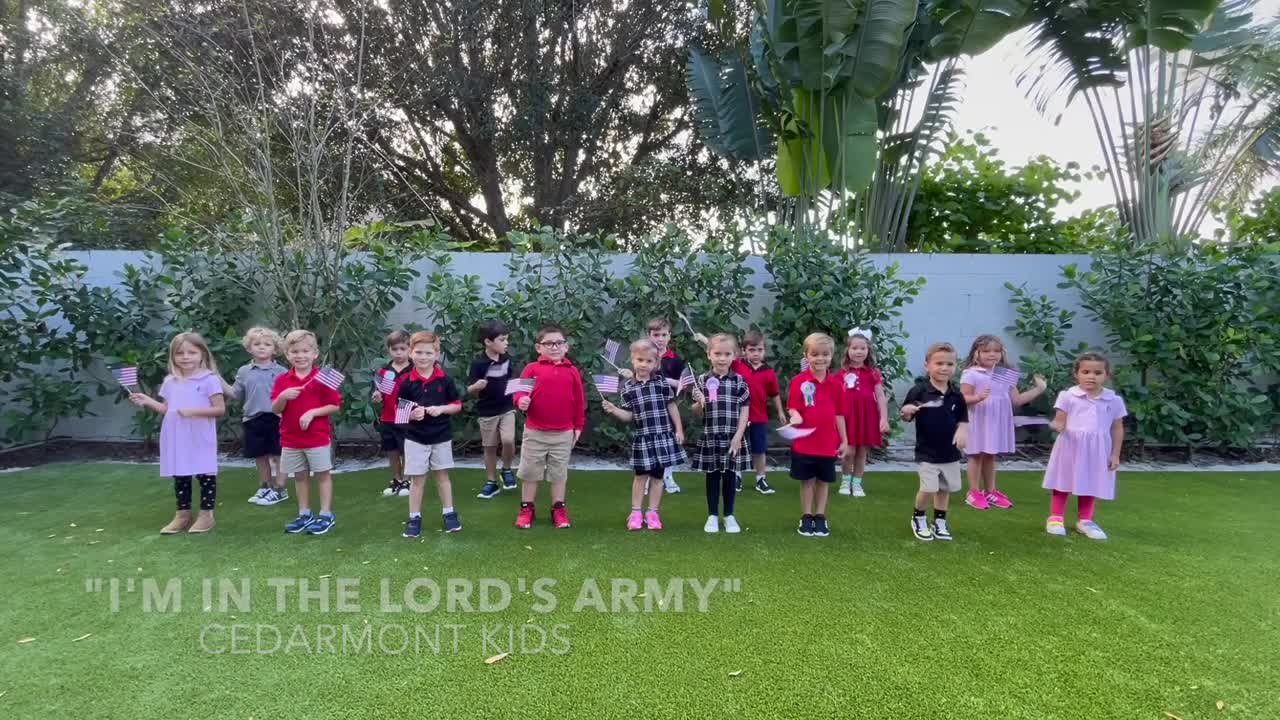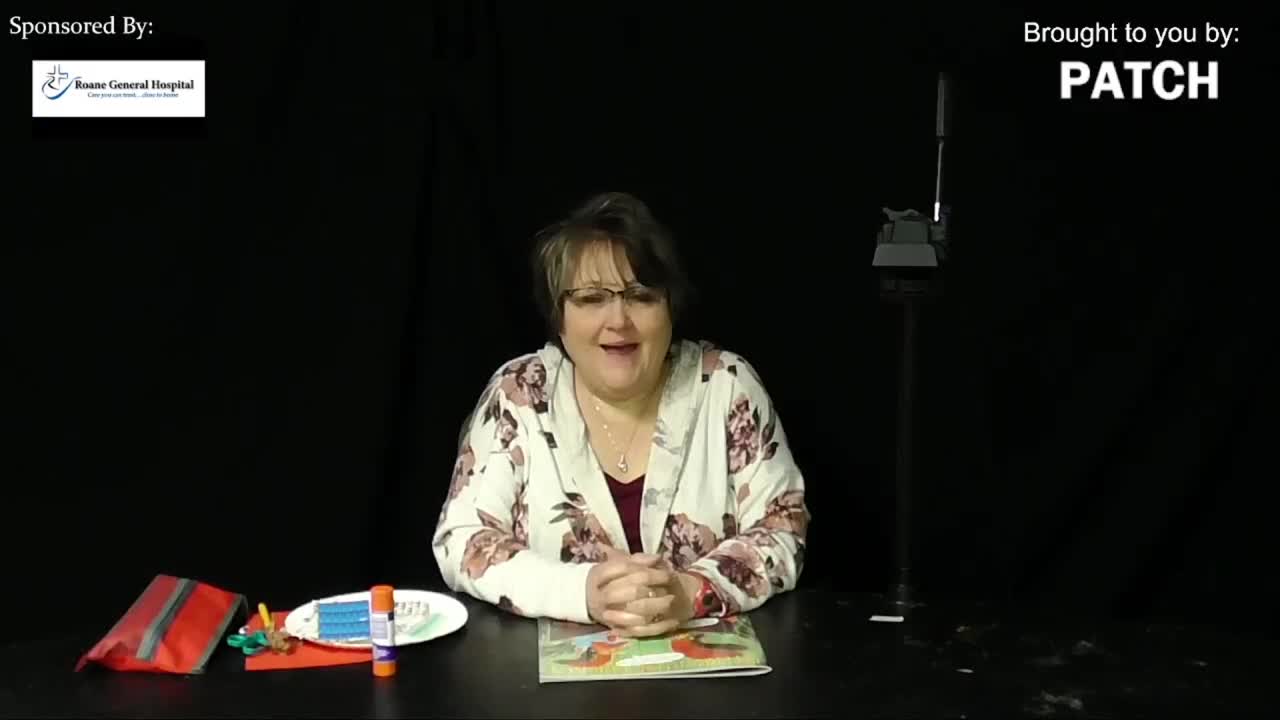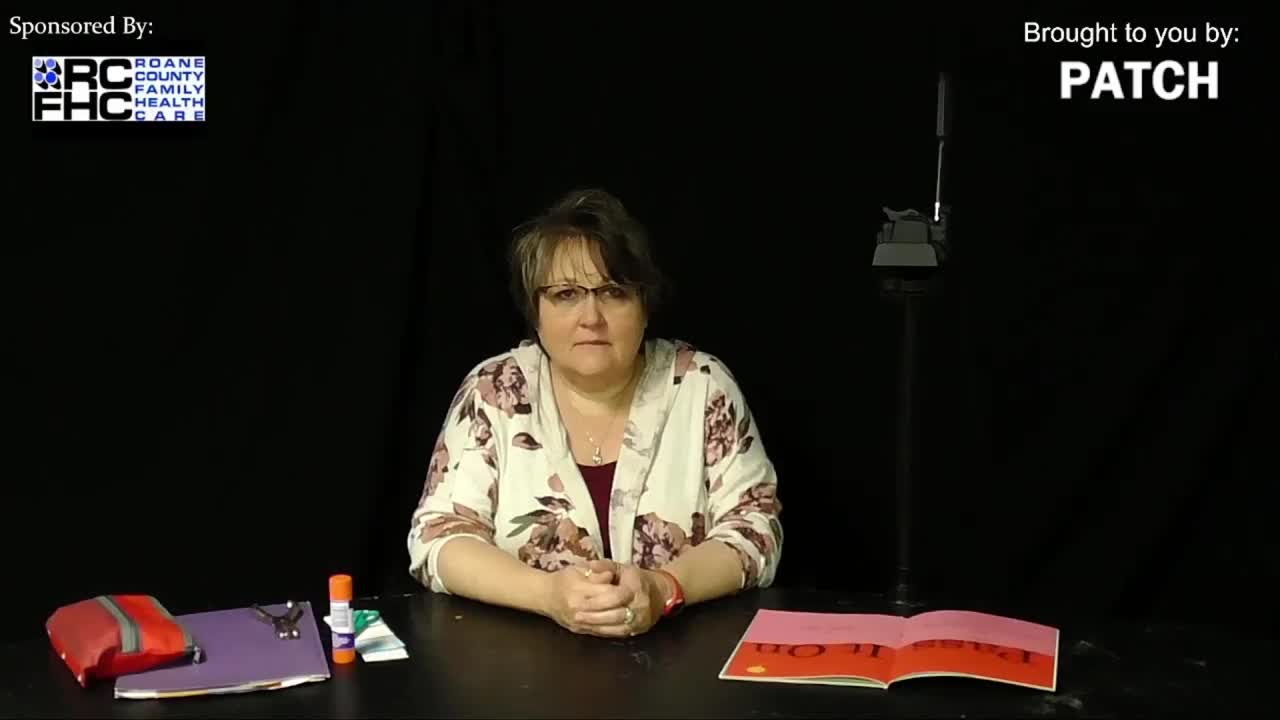WCS DRC Grauer's Gorilla Conservation
Elementary / All / Common Core
Learn about the work Wildlife Conservation Society is doing to protect the critically endangered Grauer's Gorilla. Hear directly from WCS staff about these amazing animals.
Hi, I?m Andrew!
And I?m Olivia!
And we are educators with the Wildlife Conservation Society.
The Wildlife Conservation Society is an organization dedicated to saving wildlife and wild places.
We?re here at the Bronx Zoo Congo Gorilla Forest taking a look at our western lowland gorillas.
Now Andrew, you?re normally at the New York Aquarium and you don?t get a chance to see our gorillas too often right?
Yes! So, it?s amazing every time I come here. They?re so much bigger than I expect.
Right! And it?s crazy because the western lowland gorillas aren?t even the largest of the four different subspecies of gorillas.
That?s gonna be the Grauer?s gorilla.
Yes! So recently, Andrew and I sat down with Andy Plumptre who?s one of WCS?s senior scientists.
He released a study talking about the population decline of the Grauer?s gorilla.
Let?s take a look at what he had to say.
My name?s Andy Plumptre. I?ve been working for the Wildlife Conservation Society for nearly twenty years now. There are two species of gorilla ? the western gorilla and the eastern gorilla ? and each of those two species have what?s called a subspecies. It?s like a race. So, the eastern gorilla have Grauer?s gorilla and mountain gorilla. That?s two subspecies of that eastern gorilla. And by making Grauer?s gorilla critically endangered it meant that all four subspecies of gorilla are now critically endangered.
WCS made some surveys of Grauer?s gorilla in the early 1990?s. We estimated about 17,800 gorillas across the range. The recent surveys that we?ve done which is about twenty years later estimates only 3,800 gorillas which is nearly an eighty percent decrease in just twenty years. That sort of level of decrease makes the Grauer?s gorilla critically endangered on the IUCN red list.
I would consider myself very lucky in the job that I followed. I?ve been able to sit with gorillas, follow chimpanzees, I?ve had put radio collars on elephants, having an elephant sleeping right next to you, same with lions. Doing conservation in the field is very exciting. It can be tough, the weather can be tough, it definitely is a cold and wet place. And you go out and the vegetation is chest-high you sort of pushing your way through vegetation. But then you come out to these open clearings where the gorillas have been playing around, flattening all that vegetation. And it sort of like you open this window into their lives as you come into this open area and you just.. the gorillas there were so used to people where they would just come right up to you. You can sit and watch them so things like the females would come to the silverback and he would lie down at about ten o?clock each morning. They dump their children and the kids with them while they go off to feed and the kids will chasing around the silverback and climbing on his belly and jumping off to other infants and chasing just playing tag and king of the castle those sorts of games that all young kids love to play. And then they would start doing it with the researchers as well so I would have little gorillas running around me, climbing up my back and then leaping off on to other gorillas around then. It was a very special experience. Very few people get to experience something like that but it?s.. they?re so like people and so trusting and letting you into their lives and yet at the same time there?s these other people who are out there trying to kill them.
It?s the largest ape species on this planet and it we can?t save it, it?ll be tragic if we lose something that?s so special.
And I?m Olivia!
And we are educators with the Wildlife Conservation Society.
The Wildlife Conservation Society is an organization dedicated to saving wildlife and wild places.
We?re here at the Bronx Zoo Congo Gorilla Forest taking a look at our western lowland gorillas.
Now Andrew, you?re normally at the New York Aquarium and you don?t get a chance to see our gorillas too often right?
Yes! So, it?s amazing every time I come here. They?re so much bigger than I expect.
Right! And it?s crazy because the western lowland gorillas aren?t even the largest of the four different subspecies of gorillas.
That?s gonna be the Grauer?s gorilla.
Yes! So recently, Andrew and I sat down with Andy Plumptre who?s one of WCS?s senior scientists.
He released a study talking about the population decline of the Grauer?s gorilla.
Let?s take a look at what he had to say.
My name?s Andy Plumptre. I?ve been working for the Wildlife Conservation Society for nearly twenty years now. There are two species of gorilla ? the western gorilla and the eastern gorilla ? and each of those two species have what?s called a subspecies. It?s like a race. So, the eastern gorilla have Grauer?s gorilla and mountain gorilla. That?s two subspecies of that eastern gorilla. And by making Grauer?s gorilla critically endangered it meant that all four subspecies of gorilla are now critically endangered.
WCS made some surveys of Grauer?s gorilla in the early 1990?s. We estimated about 17,800 gorillas across the range. The recent surveys that we?ve done which is about twenty years later estimates only 3,800 gorillas which is nearly an eighty percent decrease in just twenty years. That sort of level of decrease makes the Grauer?s gorilla critically endangered on the IUCN red list.
I would consider myself very lucky in the job that I followed. I?ve been able to sit with gorillas, follow chimpanzees, I?ve had put radio collars on elephants, having an elephant sleeping right next to you, same with lions. Doing conservation in the field is very exciting. It can be tough, the weather can be tough, it definitely is a cold and wet place. And you go out and the vegetation is chest-high you sort of pushing your way through vegetation. But then you come out to these open clearings where the gorillas have been playing around, flattening all that vegetation. And it sort of like you open this window into their lives as you come into this open area and you just.. the gorillas there were so used to people where they would just come right up to you. You can sit and watch them so things like the females would come to the silverback and he would lie down at about ten o?clock each morning. They dump their children and the kids with them while they go off to feed and the kids will chasing around the silverback and climbing on his belly and jumping off to other infants and chasing just playing tag and king of the castle those sorts of games that all young kids love to play. And then they would start doing it with the researchers as well so I would have little gorillas running around me, climbing up my back and then leaping off on to other gorillas around then. It was a very special experience. Very few people get to experience something like that but it?s.. they?re so like people and so trusting and letting you into their lives and yet at the same time there?s these other people who are out there trying to kill them.
It?s the largest ape species on this planet and it we can?t save it, it?ll be tragic if we lose something that?s so special.

